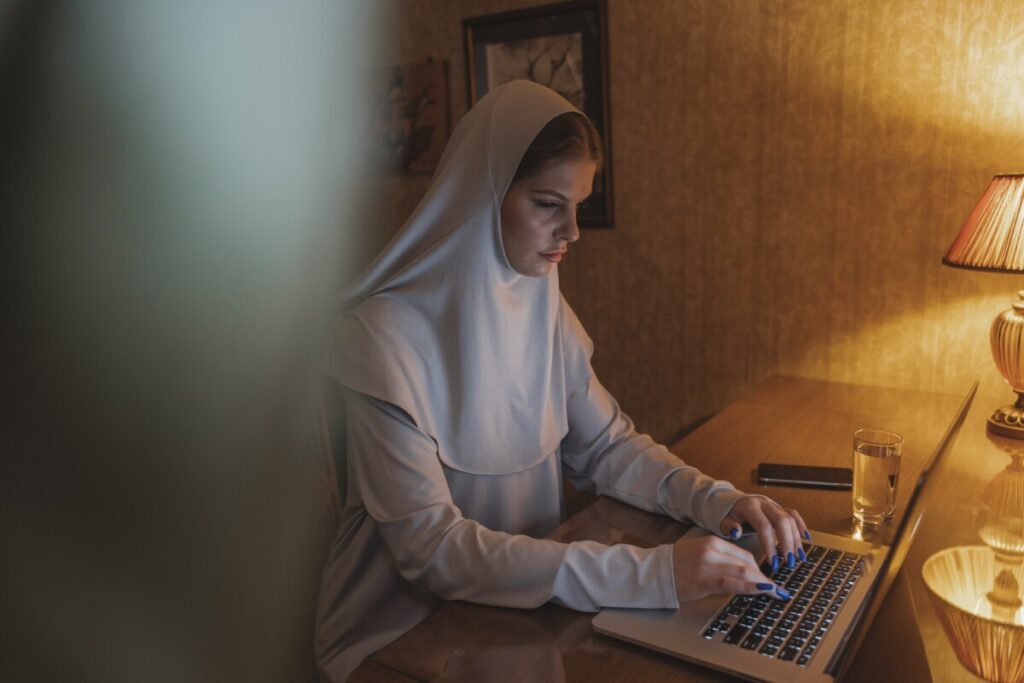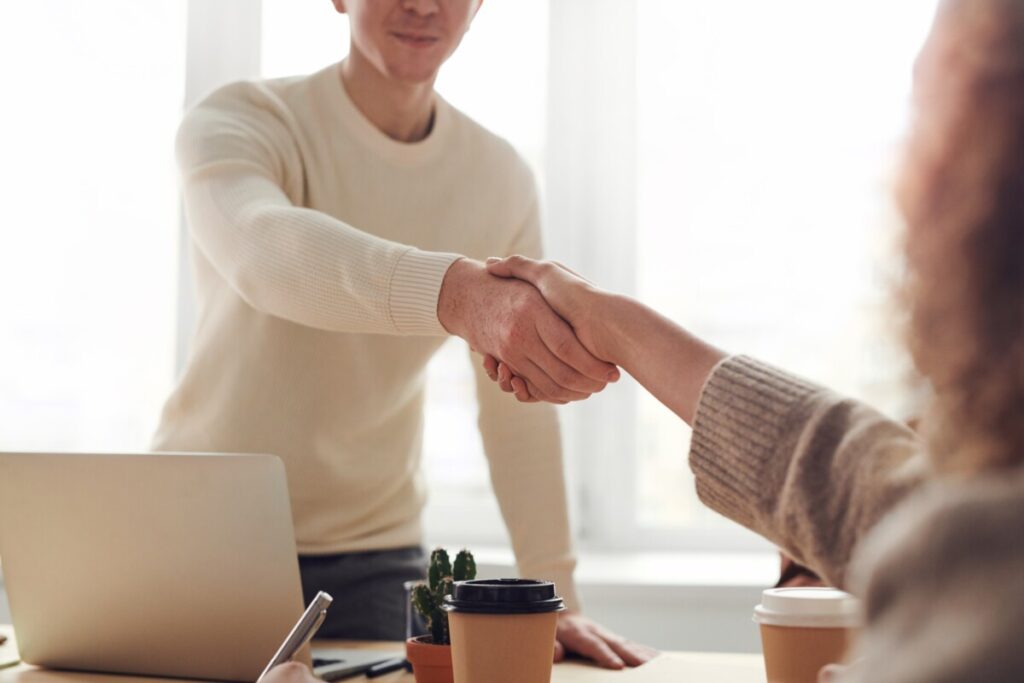
One of the downsides to having a remote working experience is that most of the time, you don’t get to see the faces of your supervisors or coworkers outside of some Zoom meetings. During this experience, I haven’t been able to see the faces or attire of any of my coworkers or supervisors outside of the photos of them on the organization’s website. I want to assume that higher-ups such as my supervisor and the CEO wear formal and casual business attire. As for me, I dress for my internship in my comfortable home clothes. Working remotely allows me to wear clothes that I normally wouldn’t wear at my part-time job or any other professional setting which I see as a positive since I don’t need to worry about “dressing to impress” outside of Zoom calls with higher-ups.
Another downside to working remotely is that you’re deprived of a classic working experience. Most of the time, you’re working in your own home and sitting at your own desk while you get work done. This is the case I find myself in with this internship as I primarily do most of my internship work at my home desk. I try to keep my desk as neat as I would if I were in an office cubicle. All of my working materials are kept to the side of my desk for easy access and my laptop is always in front of me since it’s what I do most of my design work on. I also keep a notepad handy so I can write down a list of things I need to do for the day. I do my best to stay on top of all of my work, be it school or my internship job.
Work hours is something that I’m still unsure of how it works. So far for this internship, I have logged down all of the hours I have spent working projects as time spent “working”. Since there is no clocking in or clocking like there is at my part-time job, I have to be responsible for keeping track of how many hours I spent working that week. At first, this was a little confusing to get used to since this internship is still my first job experience where I’m working remotely. However, I realized now that keeping track of how much time I spend working isn’t that hard. To keep track of how long I work, I set up a stopwatch on my phone whenever I start a new project and stop whenever I consider my work for that day finished. Typically, the work I do usually takes anywhere from 8-12 hours to complete. After I send it to my supervisor, I await their feedback and any extra work I spend fixing or redesigning aspects of the project, I count as “hours worked” and add that to the amount of hours I have already worked. As for meals, I usually count those alongside my working hours since I usually am eating lunch at my desk, browsing through my project and seeing what I’ve worked on so far and how I can improve it.




